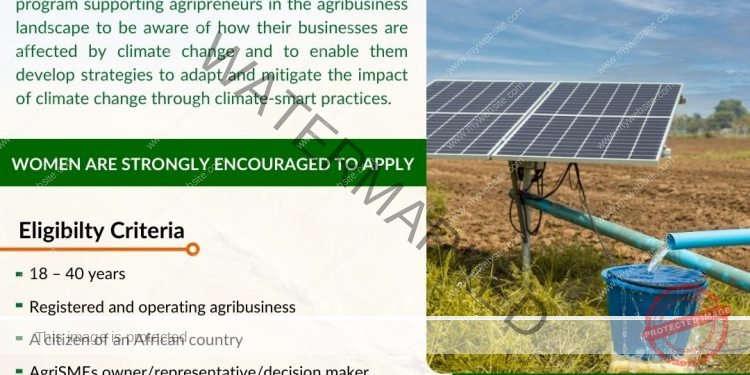Obtaining a USDA farm loan can be a crucial step for farmers looking to start, expand, or improve their agricultural operations. The United States Department of Agriculture (USDA) offers various loan programs to support farmers in achieving their goals.
However, securing a USDA farm loan involves meeting specific requirements. In this article, we will delve into the top 10 USDA farm loan requirements that farmers should be aware of.
USDA Farm Loan Requirements [10 Tips For Farmer]
1. Citizen Eligibility Criteria:
To qualify for a USDA farm loan, applicants must meet certain eligibility criteria. Generally, farmers must be U.S. citizens or legal residents, demonstrate the ability to repay the loan, and have an acceptable credit history. The farm operation should also be family-owned and actively managed.
2. Creditworthiness:
Creditworthiness is a crucial factor in the USDA loan application process. Farmers must have a satisfactory credit history and a credit score that meets the USDA’s standards. A solid credit history demonstrates the borrower’s ability to manage financial obligations responsibly.
3. Farm Size and Use:
USDA farm loans are designed to support family-sized farms. Farmers must ensure that their operations meet the size requirements specified by the USDA for the particular loan program they are applying for. Additionally, the farm should be used for eligible agricultural purposes, excluding certain non-agricultural activities.
4. Collateral and Security:
Collateral is essential for securing a USDA farm loan. Farmers are required to provide sufficient collateral to cover the loan amount. The collateral may include real estate, equipment, crops, and livestock. The USDA will assess the value of the collateral to determine its adequacy for securing the loan.
5. Business Plan:
A comprehensive business plan is essential for a successful USDA farm loan application. The business plan should outline the farm’s goals, operations, and financial projections. Demonstrating a clear plan for the effective use of the loan funds can enhance the likelihood of loan approval.
6. Down Payment:
Many USDA farm loan programs require a down payment. Farmers should be prepared to contribute a percentage of the total loan amount as a down payment. The down payment amount varies depending on the loan program and the applicant’s financial situation.
7. Interest Rates and Terms:
Understanding the interest rates and loan terms is crucial for farmers considering a USDA loan. Interest rates are set by the USDA and may be fixed or variable, depending on the loan program. Farmers should carefully review and compare the terms of different loan options to choose the most suitable one for their needs.
8. Environmental Compliance:
Farmers must adhere to environmental compliance standards set by the USDA. This includes implementing conservation practices and managing the land in an environmentally sustainable manner. Compliance with these regulations is integral to securing and maintaining a USDA farm loan.
9. Farm Production History:
The USDA may require documentation of the farm’s production history as part of the loan application process. Farmers should maintain accurate records of their past crop yields, livestock production, and any other relevant agricultural activities to demonstrate their experience and capabilities.
10. Training and Experience:
The USDA places importance on the training and experience of farmers applying for loans. Having a background in agriculture and demonstrating knowledge and skills related to the specific type of farming operation can strengthen the loan application.
What Loans Is Best For USA Farmers And Ranchers To Start, Maintain Or Develop Agricultural Business Operations?
The United States Department of Agriculture (USDA) offers a range of loans to farmers and ranchers to initiate, sustain, or expand their agricultural businesses. These loans aim to support various aspects of agricultural operations, including start-up costs, equipment purchases, land development, and maintenance.
Farmers and ranchers can access USDA loans through different programs tailored to their specific needs, helping them build and enhance their agricultural enterprises. The loans provided by the USDA play a crucial role in fostering the growth and sustainability of the nation’s farming and ranching communities.
Which Bank Is Best For Agriculture Loan In America, Africa, Europe?
Selecting the best bank for agriculture loans varies based on specific needs and regional considerations. In America, several banks, including Wells Fargo, Farm Credit, and Bank of America, are known for offering agricultural financing.
In Africa, institutions like the African Development Bank and local agricultural banks often provide specialized loans. In Europe, banks like Rabobank and the European Investment Bank are recognized for their agricultural lending.
The choice of the best bank depends on factors such as loan terms, interest rates, and the particular financial requirements of farmers in each region. Prospective borrowers should research and compare offerings to select a bank that aligns with their agricultural financing needs.
Conclusion:
Securing a USDA farm loan can be a valuable resource for farmers looking to invest in their agricultural ventures. By understanding and meeting the top 10 USDA farm loan requirements outlined in this article, farmers can enhance their chances of obtaining the financial support they need to achieve their goals and contribute to the vitality of the agricultural sector.




